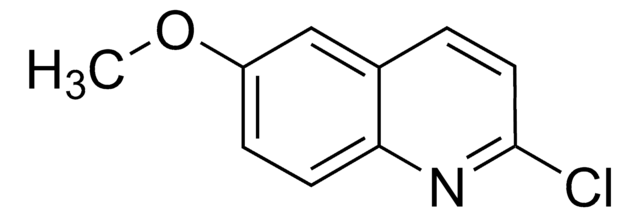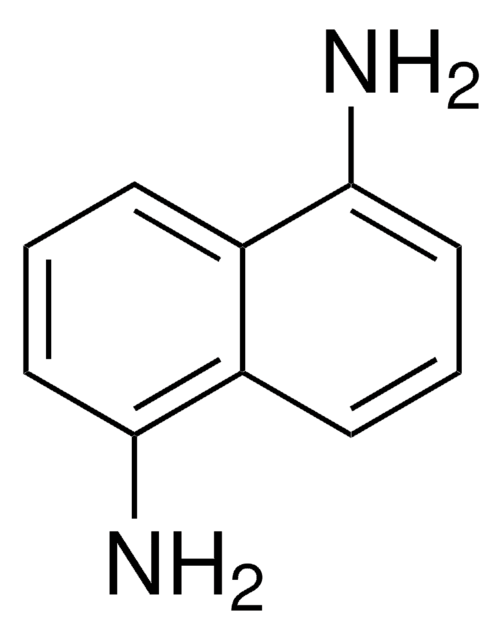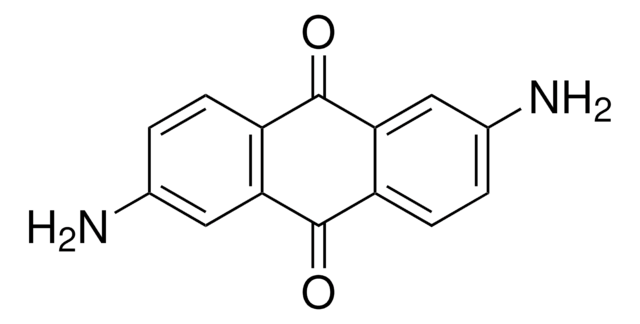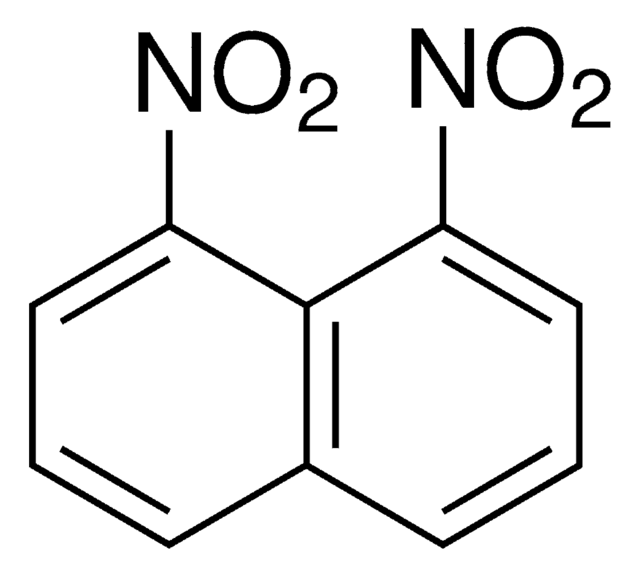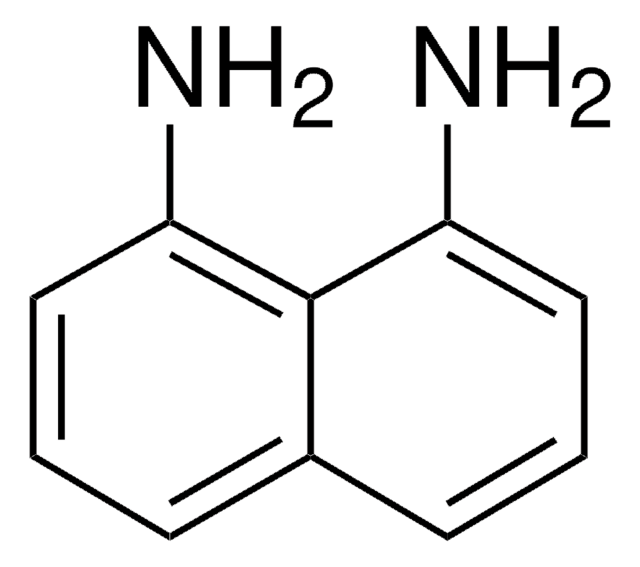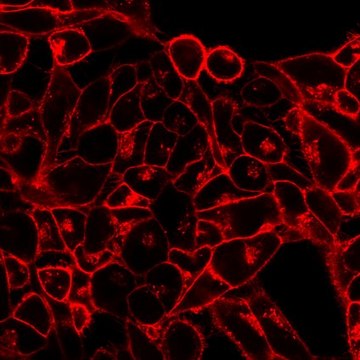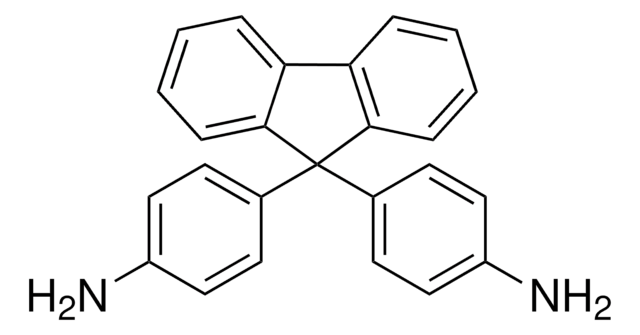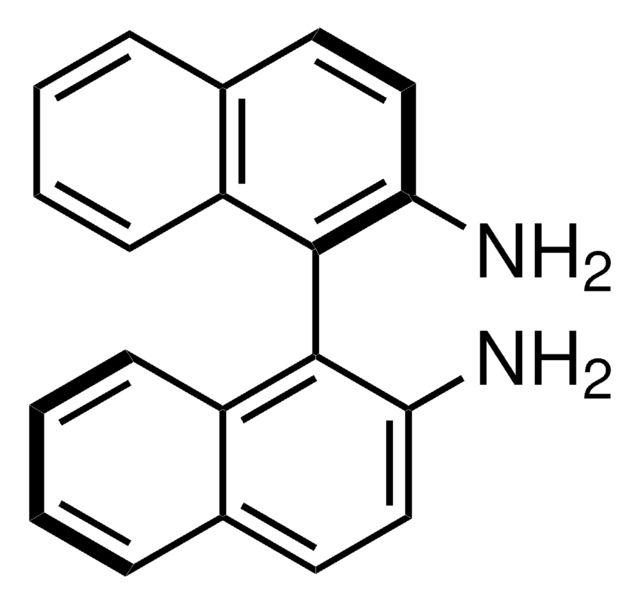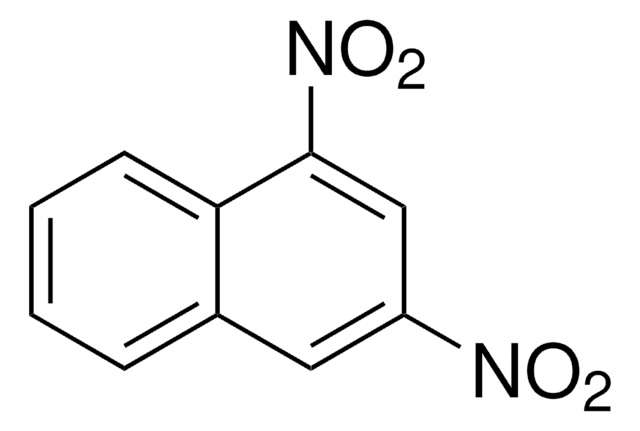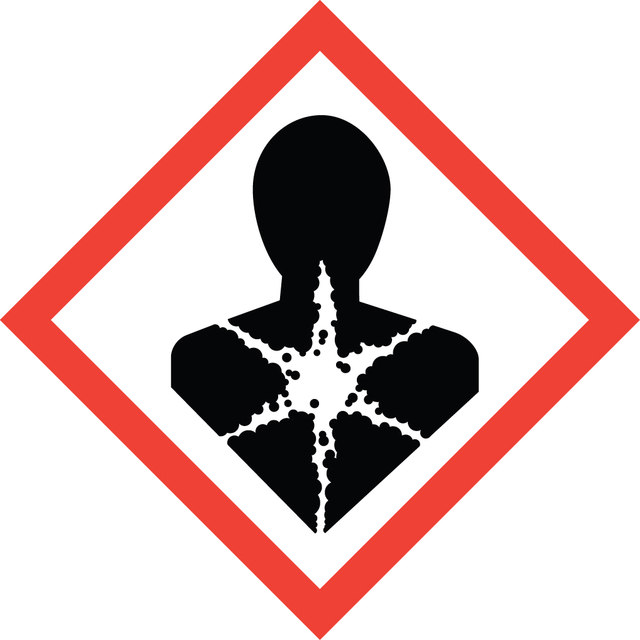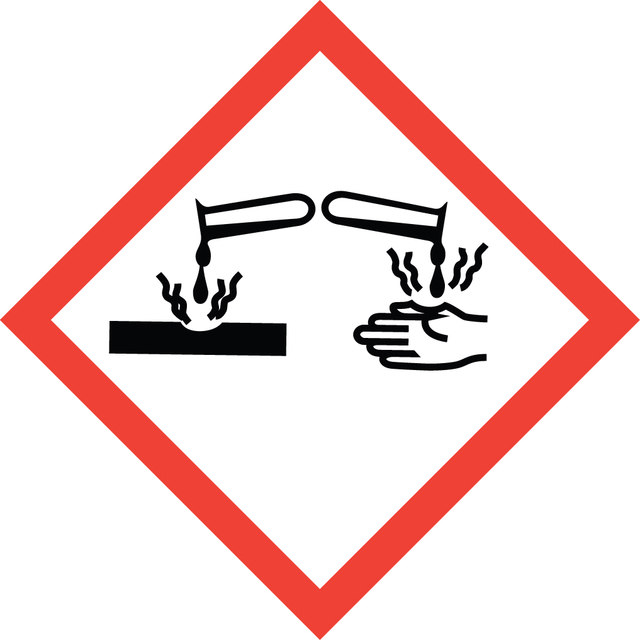All Photos(1)
About This Item
Linear Formula:
C10H6(NO2)2
CAS Number:
Molecular Weight:
218.17
Beilstein:
527184
EC Number:
MDL number:
UNSPSC Code:
12352100
PubChem Substance ID:
Recommended Products
Quality Level
Assay
≥97.0% (HPLC)
form
powder
mp
213-216 °C (lit.)
214-217 °C
SMILES string
[O-][N+](=O)c1cccc2c(cccc12)[N+]([O-])=O
InChI
1S/C10H6N2O4/c13-11(14)9-5-1-3-7-8(9)4-2-6-10(7)12(15)16/h1-6H
InChI key
ZUTCJXFCHHDFJS-UHFFFAOYSA-N
Looking for similar products? Visit Product Comparison Guide
General description
1,3-Dinitronaphthalene, 1,5-dinitronaphthalene and 1,8-dinitronaphthalene are the three dinitronaphthalene isomers. Their photocatalytic oxidation reactions in the presence of TiO2 Degussa P-25 grade has been investigated. 1,5-Dinitronaphthalene has been reported as environmental pollutant. Its genotoxic effects during in vivo wing somatic mutation and recombination test (SMART) of Drosophila melanogaster has been investigated. Delocalized intervalence radical anions of 1,5-dinitronaphthalene exhibits charge-transfer bands in their near-IR spectra. Crystals of 1,5-dinitronaphthalene are reported to be monoclinic with two molecules in each unit cell.
Application
1,5-Dinitronaphthalene has been employed as standard for the analysis of compounds of environmental interest by new nano-high-performance liquid chromatography-electron ionization mass spectrometry.
Signal Word
Danger
Hazard Statements
Precautionary Statements
Hazard Classifications
Aquatic Chronic 3 - Eye Dam. 1 - Muta. 2 - Skin Sens. 1
Storage Class Code
11 - Combustible Solids
WGK
WGK 3
Flash Point(F)
Not applicable
Flash Point(C)
Not applicable
Personal Protective Equipment
dust mask type N95 (US), Eyeshields, Gloves
Regulatory Information
新产品
Choose from one of the most recent versions:
Already Own This Product?
Find documentation for the products that you have recently purchased in the Document Library.
Stephen F Nelsen et al.
Journal of the American Chemical Society, 125(41), 12493-12501 (2003-10-09)
The Class III (delocalized) intervalence radical anions of 1,4-dinitrobenzene, 2,6-dinitronaphthalene, 2,6-dinitroanthracene, 9,9-dimethyl-2,7-dinitrofluorene, 4,4'-dinitrobiphenyl, and 1,5-dinitronaphthalene show charge-transfer bands in their near-IR spectra. The dinitroaromatic radical anions have comparable but slightly larger electronic interactions (H(ab) values) through the same aromatic bridges
The crystal structure of 1, 5-dinitronaphthalene.
Trotter J.
Acta Crystallographica, 13(2), 95-99 (1960)
Yuki Hiruta et al.
The Analyst, 141(3), 910-917 (2015-12-10)
Temperature-responsive polymers incorporating molecular-recognition sites were developed as stationary phases for high-performance liquid chromatography (HPLC). The grafted stationary phases consisted of functional copolymers composed of N-isopropylacrylamide (NIPAAm) and N-acryloyl aromatic amino acid methyl esters, i.e., phenylalanine and tryptophan methyl esters
Kei Miyazawa et al.
Journal of mass spectrometry : JMS, 55(12), e4668-e4668 (2020-11-03)
Fragmentation of peptide radical cations [M]. + has been examined using matrix-assisted laser desorption/ionization (MALDI) in-source decay (ISD) with hydrogen-abstracting nitro-substituted matrices. The ISD spectra of peptides containing an arginine (Arg) residue at carboxyl (C)-termini showed preferential [w]+ ions when
Nano-high-performance liquid chromatography-electron ionization mass spectrometry approach for environmental analysis.
Cappiello A, et al.
Analytica Chimica Acta, 493(2), 125-136 (2003)
Our team of scientists has experience in all areas of research including Life Science, Material Science, Chemical Synthesis, Chromatography, Analytical and many others.
Contact Technical Service